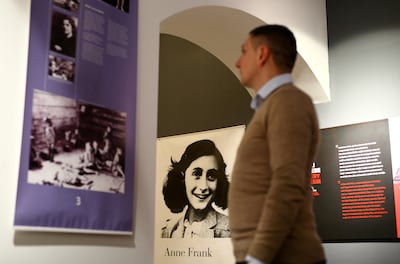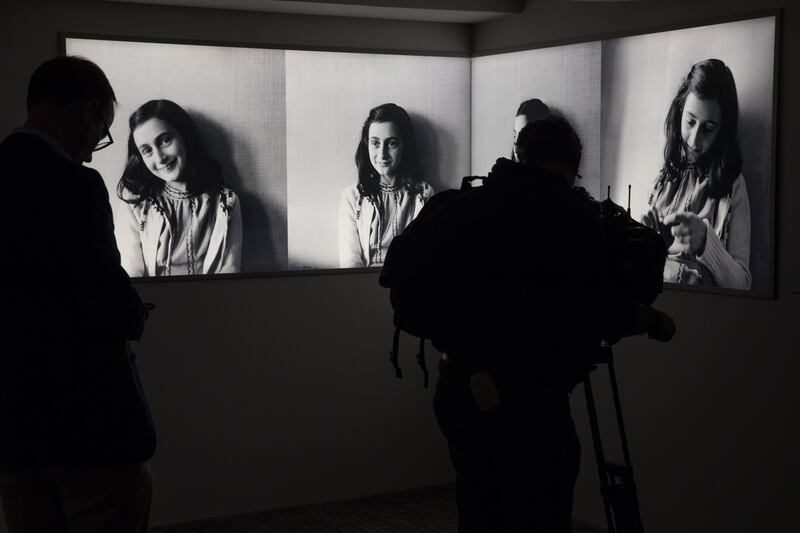The man suspected of betraying Anne Frank and seven other Jews in hiding in the Netherlands during the Second World War has been finally named.
After two years hiding in a secret annexe above a canal-side warehouse in Amsterdam, the famous diarist and her comrades were discovered by the Nazis on August 4, 1944, and deported. Anne was sent to the Bergen Belsen camp where she died at the age of 15.
A six-year investigation into the betrayal of the teenager has identified a surprising suspect.
A team that included retired US FBI agent Vincent Pankoke and about 20 historians, criminologists and data specialists identified a relatively unknown figure — Jewish notary Arnold van den Bergh — as a leading suspect in revealing the hideout.
However, some other experts emphasised that the evidence against him was not conclusive.
Investigating team member Pieter van Twisk said the crucial piece of new evidence was an unsigned note to Anne's father, Otto, found in an old postwar investigation dossier. In it, Van den Bergh is specifically named as the person accused of passing on the information.
It said as a member of Amsterdam's wartime Jewish Council, he had access to addresses where Jews were hiding and had passed lists of such addresses to the Nazis in order to save his own family.
Van Twisk said only four out of the initial 32 suspects’ names remained following the research, with van den Bergh the lead suspect.
The team used an array of modern research techniques to compile a master database consisting of lists of Dutch collaborators, informants, historic documents, police records and prior research to uncover new leads.
Dozens of scenarios and locations of suspects were mapped in an attempt to identify a betrayer based on knowledge of the hiding place, motive and opportunity.
Investigators confirmed that Otto, the only member of the Frank family to survive the war, was aware of the note but chose never to speak of it publicly.
Van Twisk speculated that Frank's reasons to remain silent about the allegation were likely that he could not be sure it was true, and that he would not want information to become public that could further fuel anti-Semitism. He also said Frank would not want van den Bergh's three daughters to be blamed for something their father might have done.
Otto “had been in Auschwitz”, van Twisk said. “He knew that people in difficult situations sometimes do things that cannot be morally justified.”
While other members of the Jewish Council were deported in 1943, van den Bergh was able to remain in the Netherlands. He died in 1950.
Historian Erik Somers of the Dutch NIOD institute for war, Holocaust and genocide studies, praised the extensive investigation, but was sceptical of its conclusion.
He questioned the centrality of the anonymous note in the arguments for van den Bergh's responsibility and said the team made assumptions about wartime Amsterdam Jewish institutions that are not supported by other historical research.

Somers said there are many possible reasons van den Bergh was never deported as “he was a very influential man".
Miep Gies, one of the family’s helpers, kept Anne’s diary safe until Otto returned and first published it in 1947.
Her story has since been translated into 60 languages and captured the imagination of millions of readers worldwide.
The Anne Frank House Foundation was not involved in the cold case investigation but shared information from its archives to assist.
The findings will be published in a book by Canadian author Rosemary Sullivan, The Betrayal of Anne Frank, which will be released on Tuesday.
The director of Dutch Jewish organisation CIDI which works to combat anti-Semitism told Reuters she hoped the book would provide insight into the wartime circumstances of Amsterdam's Jewish population.
“If this turns into 'the Jews did it', that would be unfortunate. The Nazis were ultimately responsible,” Hanna Luden of CIDI said.







